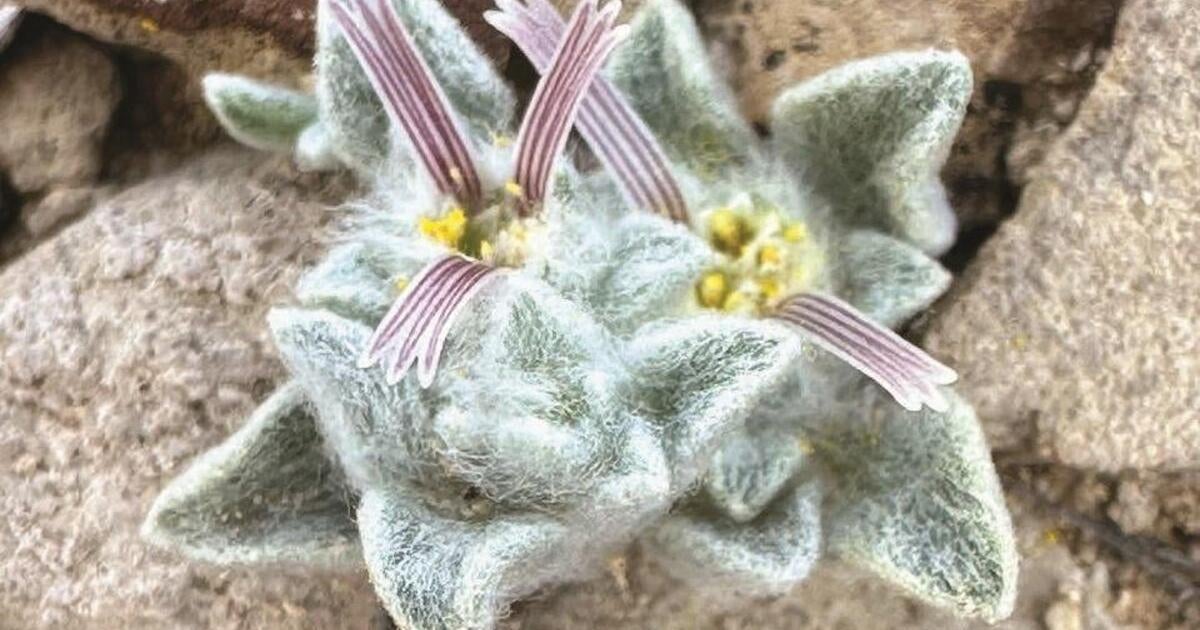By
Kiki Intarasuwan
February 24, 2025 / 8:04 PM EST
/ CBS News
A new plant species called the Wooly Devil has been discovered at Big Bend National Park in Texas, the National Park Service announced Monday.
The Wooly Devil, or Ovicula biradiata, was first spotted by botany volunteer Deb Manley and a park ranger in March 2024, according to the park service. The tiny, fuzzy-looking plants with yellow flowers growing among desert rocks in a remote area on the northern end of the park were not anything like they had seen before.
After searching plant databases, consulting experts and even asking for answers online, park officials said they began to realize that they had found something special.

D. Manley/National Park Service
It’s the first time a new species of plant has been found at a U.S. national park in nearly 50 years, according to the California Academy of Sciences, which joined Big Bend National Park staff and Sul Ross State University to study the Wooly Devil.
According to researchers, who published their findings in peer-reviewed botanical journal PhytoKeys, the Wooly Devil is in the daisy family and it is closely related to paperflowers and bitterweed, both of which have yellow flowers. However, DNA analysis showed that the plant is so genetically distinct that it had to be considered a new genus.
The Wooly Devil is much smaller than its sister plants, according to the researchers, ranging from less than 1 centimeter to 3-7 centimeters across. It was given the formal name Ovicula, meaning tiny sheep, and biradiata, a reference to the two ray-like petals in each flower.
“Now that the species has been identified and named, there is a tremendous amount we have yet to learn about it,” Big Bend National Park Superintendent Anjna O’Connor said in the news release.
Big Bend, in southwest Texas, is massive, covering more than 800,000 acres and part of the Chihuahuan Desert, which is considered the most diverse desert ecosystem in the Western Hemisphere.
Lichter Marck, one of the taxonomists who studied the Wooly Devil, told the California Academy of Sciences that plants thriving in the desert are quite unique because they have evolved to withstand extreme weather conditions — but climate change still poses a threat to their existence.
“We have only observed this plant in three narrow locations across the northernmost corner of the park, and it’s possible that we’ve documented a species that is already on its way out,” Marck said.









